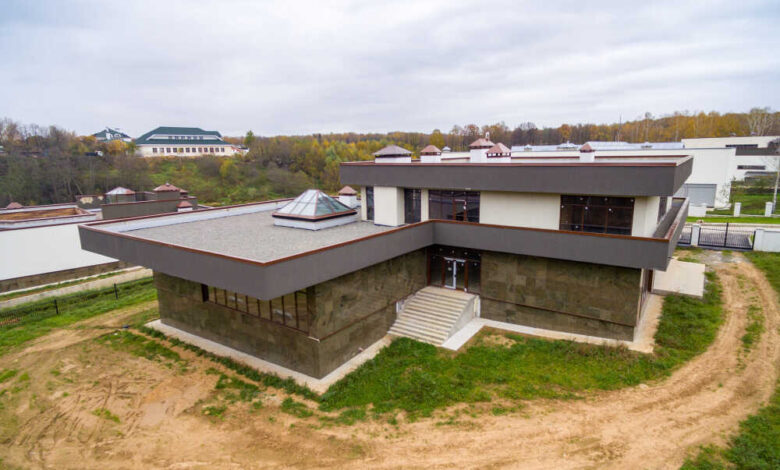The Rise of Prefabricated Construction: Benefits and Drawbacks

The surge in prefabricated construction marks a transformative shift in building techniques where efficiency and speed meet innovation. This method involves assembling components of a structure in a factory or other manufacturing site and transporting complete assemblies or partial assemblies to the construction site where the structure is to be located. This process significantly contrasts with traditional construction methods where the bulk of construction happens on site.
Benefits of Prefabricated Construction
One of the primary advantages of prefabricated construction is the accelerated timeline of building projects. Components made in a factory are produced in parallel with the site preparation, such as laying foundations. This overlap in phases can cut down project time by as much as 50% compared to traditional methods. This time efficiency translates directly into cost savings as the shorter construction time reduces labor costs and overheads.
Another significant benefit is quality control. Factory settings provide a controlled environment where manufacturers can create a more consistent and higher-quality product. They use precise equipment that can automate tasks, leading to better uniformity in the components produced than those constructed onsite. This control extends to reduced waste as excess materials can be saved and reused in a factory setting, unlike on traditional construction sites where they are often discarded.
The environmental impact of prefabricated construction is also less severe than traditional construction methods. Building in a controlled environment reduces waste, and the improved efficiency reduces the overall carbon footprint of construction. Furthermore, it often involves energy-efficient designs and better-built seals, which help decrease the amount of energy used by the building upon completion.
Moreover, safety improves with prefabricated construction. Factory settings are less hazardous than construction sites, and manufacturing building components in a factory reduces the time workers spend on site, minimizing the risk of construction-related accidents.
Integration with Construction Management Software
Incorporating construction management software into prefabricated construction enhances its benefits. This software streamlines project management by improving task delegation, budget management, and stakeholder communication. It offers tools for real-time collaboration, which is crucial for the fast-paced environment of prefabricated construction projects where changes in design or timeline can occur rapidly.
The use of such software ensures that all parts of the construction plan are properly synchronized, reducing delays and increasing the efficiency of supply chain management. Construction management software can maintain a seamless flow of information and materials from tracking the manufacturing of prefabricated components to their delivery on-site.
Drawbacks of Prefabricated Construction
Despite its many benefits, prefabricated construction isn’t without its drawbacks. One of the most significant limitations is the initial investment in factory setup and the need to transport components to the site. These costs can be prohibitively high, especially for projects in remote locations.
There is also a creative limitation imposed by prefabricated construction. The need to transport components typically restricts the size and shape of the elements, which can limit design options. Architects and builders may find this restrictive compared to the flexibility offered by traditional construction methods.
Another issue is the potential for damage during transport. Components can be exposed to the elements and rough handling, which may necessitate repairs on-site, potentially offsetting many of the timing advantages.
Lastly, there is the challenge of local zoning and building codes which can be stringent and not always accommodating towards prefabricated structures. Depending on the jurisdiction, these regulations can limit the use of prefabricated materials, hinder the integration of such projects within certain areas, and complicate the construction process.
Conclusion
The rise of prefabricated construction introduces a fast, cost-effective, and environmentally friendly method of building. Its integration with construction management software streamlines processes enhances communication, and improves overall project efficiency. However, the approach has its set of challenges such as logistical, creative, and regulatory hurdles. Balancing these factors is essential for leveraging the full potential of prefabricated construction in modern building projects. As the industry continues to evolve, so will the solutions to these challenges, paving the way for broader adoption of this innovative construction method.




